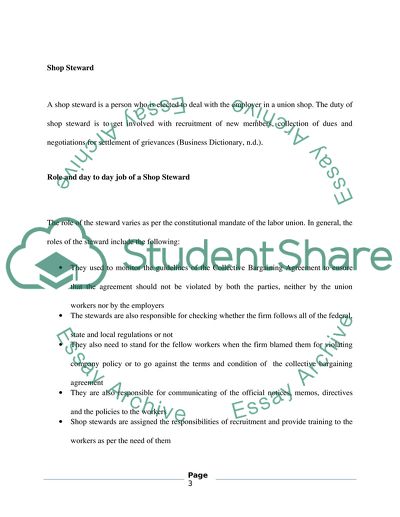Cite this document
(“Consider the role and influence shop stewards and union activists in Essay”, n.d.)
Consider the role and influence shop stewards and union activists in Essay. Retrieved from https://studentshare.org/miscellaneous/1567811-consider-the-role-and-influence-shop-stewards-and-union-activists-in-contemporary-uk-industrial-relations
Consider the role and influence shop stewards and union activists in Essay. Retrieved from https://studentshare.org/miscellaneous/1567811-consider-the-role-and-influence-shop-stewards-and-union-activists-in-contemporary-uk-industrial-relations
(Consider the Role and Influence Shop Stewards and Union Activists in Essay)
Consider the Role and Influence Shop Stewards and Union Activists in Essay. https://studentshare.org/miscellaneous/1567811-consider-the-role-and-influence-shop-stewards-and-union-activists-in-contemporary-uk-industrial-relations.
Consider the Role and Influence Shop Stewards and Union Activists in Essay. https://studentshare.org/miscellaneous/1567811-consider-the-role-and-influence-shop-stewards-and-union-activists-in-contemporary-uk-industrial-relations.
“Consider the Role and Influence Shop Stewards and Union Activists in Essay”, n.d. https://studentshare.org/miscellaneous/1567811-consider-the-role-and-influence-shop-stewards-and-union-activists-in-contemporary-uk-industrial-relations.


